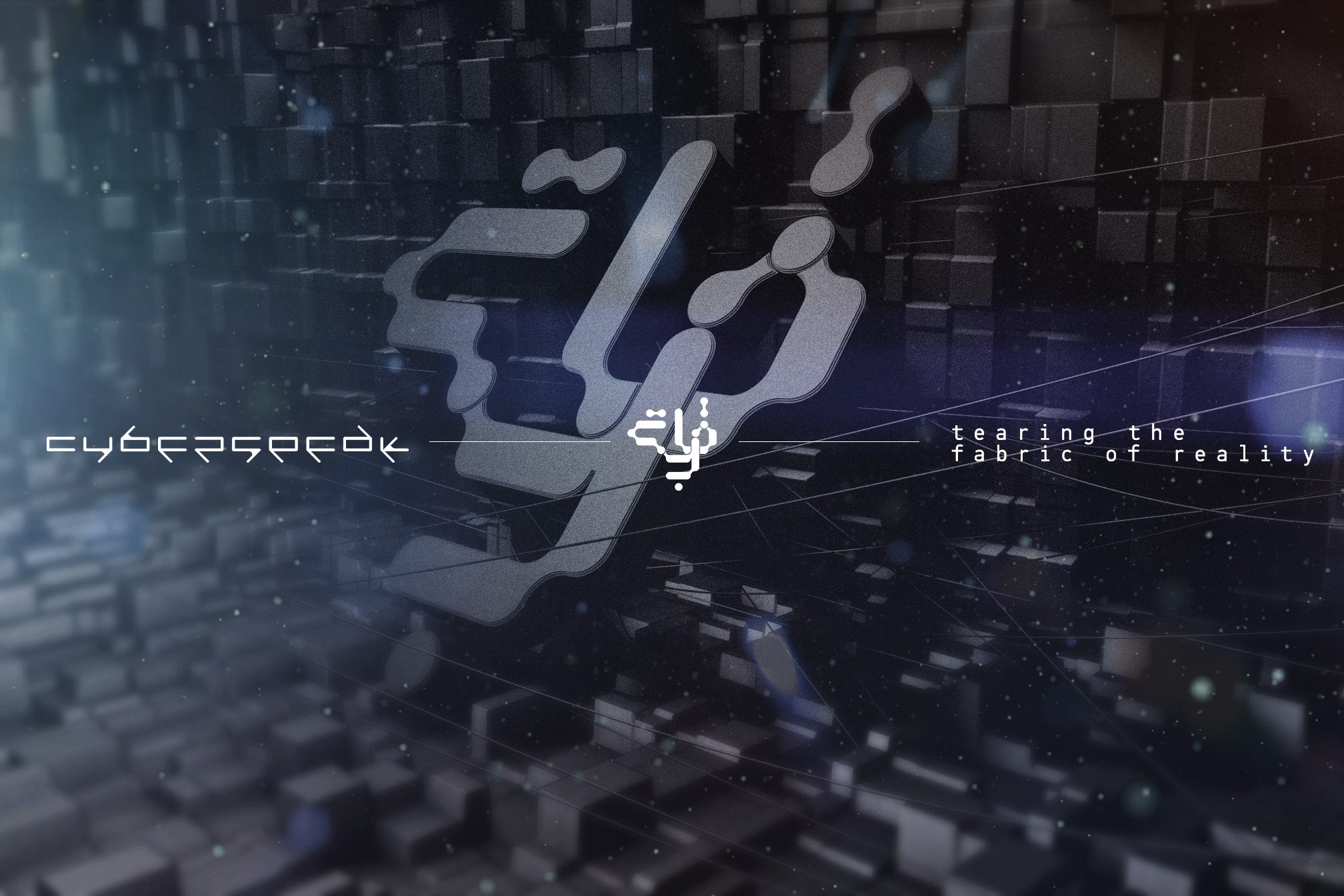 Scene reports
Scene reports
Liberating potential: How Cyberspeak tears the fabric of rave reality
The Milan collective fuses virtual reality and cyber ingenuity to take rave culture to a new frontier
Widely known as the fashion capital of the world, Milan is no stranger to spawning trends and new ideas. One collective taking up this pioneering mantle in the city is Cyberspeak Music, a multidisciplinary crew of artists, academics and tech experts fusing a passion for cybernetics, coding, virtual reality and electronic music to explore new frontiers in rave culture.
“The computer is a symbol of equality, they don’t have gender differences,” says Nicola Forni aka Grienkho, a linchpin of the collective since its early conception. “They can solve complex problems. A trading zone where specialists from various disciplines can communicate under a common language.” He makes up one of several co-founders: Leone Ciocchetti and Giuseppe Amarù of Train to Eltanin, Mariachiara Troianiello aka Katatonic Silentio a sound researcher and cyberfeminist scholar, and principle creative Maxwell Simons. Other core members include software and installation developer Francesco G. Gagliardi; promoter and musicologist Giulia Luculli; and graphic designer Gianluca Lonigro.
Their beliefs are grounded in the liberating potential of cyberspace, setting a precedent allowing for a startling degree of free-form creativity and collaboration. The core aim of the collective is not to simply throw events and make music but to find new ways to connect people through innovative multimedia elements: think video game development, virtual environments, and interactive installations.

Milan’s Tempio Del Futuro Perduto is a vibrant co-operative workspace, providing a home for art exhibitions, academic lectures and political demoes. More recently, it’s become the epicentre of all Cyberspeak operations. Tonight, contrary to the cracked beige walls and decaying window panes of the external structure, a rave-ready convergence of neon production and futuristic tech awaits inside. It’s an impressive backdrop for the party series, but one that marks only the latest stage of evolution in a history that runs much deeper.
“I first met Nicola back in 2012 while we were studying. We became good friends through our shared taste in computer driven sound,” says Maxwell. Over the years the two have developed a prolific connection, collaborating on hardware led music projects both in and outside of the city. But it wasn’t until 2017, with the founding of Nicola’s Zona9 Studio, that their cybernetic fascination would develop into a fledgling micro movement.

The studio offered a space for like-minded thinkers and music makers to congregate: “I didn’t really promote it online,” says Nicola, “I just wanted to create a small hub for local artists and underground web radios.” It was here that Maxwell was first introduced to Leone and Giuseppe of Train to Eltanin and Mariachiara. Their shared love of glitched out noise and IDM-inspired explorations brought them together and forms the crucible of their record label and radio shows. Others like Guilia, Francesco and Gianluca soon followed, enticed by the crossover of disciplines and thought-provoking debates.
“Everyone would meet each other to make music, but also to talk about machines, synths, and cybernetic theory,” says Gulia, her passion accentuated by wide-eyed reflection and animate gestures. In parallel enthusiasm, Francesco explains how these initial discussions laid the groundwork for a deeper conceptual approach: “Nicola was reading Slava Gerovich’s From Newspeak To Cyberspeak in the studio,” he recalls; “in this text Soviet cybernetics is described not just an intellectual trend but a social movement for radical reform in science and society as a whole”.
Like the Soviet revolutionaries before them, the group vowed to reshape the status quo - only their lens would focus on club culture and the space within that microcosm. It was over time, grounded in this ideology, that the Cyberspeak collective was born.
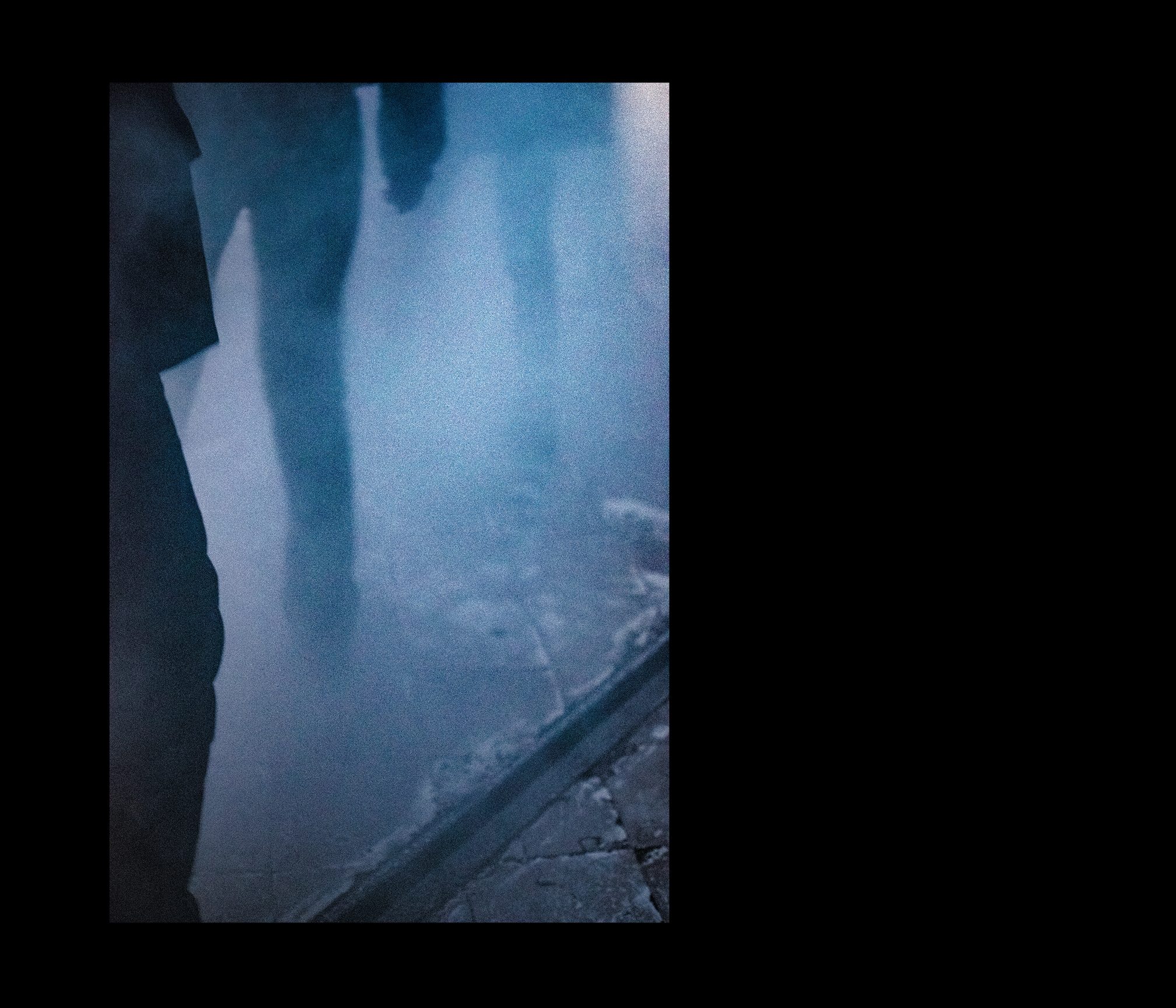
“We formed progressively through exchanges and comparisons with other members,” the Train to Eltanin duo explain. Starting as producers, they now play a pivotal role in organising the label and club nights, first driven by “the ideas represented in all our music” and deciding “it was time to move beyond the airwaves and studio walls.” The Tempio Del Futuro Perduto founded in January 2018 - with its flexible license, interchangeable spaces and penchant for the arts - presented the opportune moment to make this leap. By May of that same year the collective had a new home, ready to action what Mariachiara calls their “Post-Rave” aesthetic.
The term “Post-Rave” describes the creation of a hybrid space, where the subject can party in the physical domain or in a virtual one. “Focusing on technologies in sound and game design we create a hyperreal, interactive experience where we give ravers more choice over how they interact with their surroundings,” Mariachiara further explains.
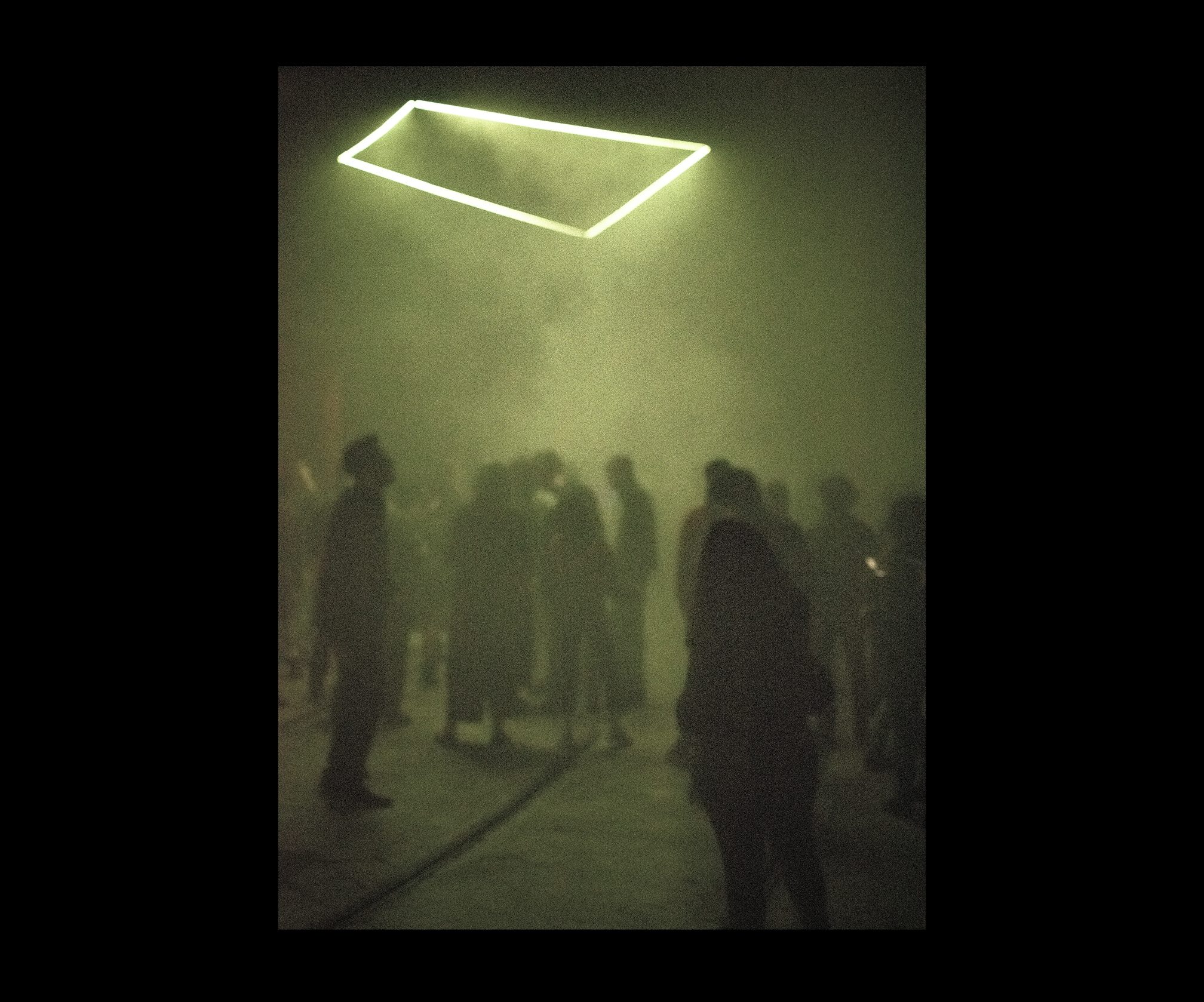
As eager revellers gather at the Tempio gates, the buzz pulsing through the venue is already palpable. The main warehouse and installation room are labelled Lvl. 1 and Lvl. 0 respectively, inspired by Cyberspeak’s interest in video game culture. It’s in these delicate details that their fidelity shines through. Even fonts, graphics and logos undergo constant transformation, symbolic of the universal language of computer code.
A polished warm-up of intelligent drum rhythms and heady rave melodies from Train to Eltanin lays the main room foundations, poising the crowd for something darker. Rusted tram tracks and exposed architecture are a tell-tale sign of the space’s former use, but suspended geometric illuminations and agile laser rigs punctuating the space fashions a captivating retrofuturism aesthetic.
Hybrid electro producer Cem3340 and Lazy Tapes label boss and Noods Radio host Cera Khin head this evening’s warehouse bill. Transcending into the early hours, the crowd have been hauled through fractures of techno, breakbeat, electro, jungle, darkwave, and other ineffable frequencies. Sensing her grip on the room is too powerful to halt, Cera is even gifted an extra hour to decimate at the controls by the organisers. “That amazing neon light installation, the crazy crowd, the killer energy and vibes,” Cera says, the adrenaline rush resurfacing from memory days later, calling it: “A proper rave, very futuristic but at the same time very 90s - back to the future.”
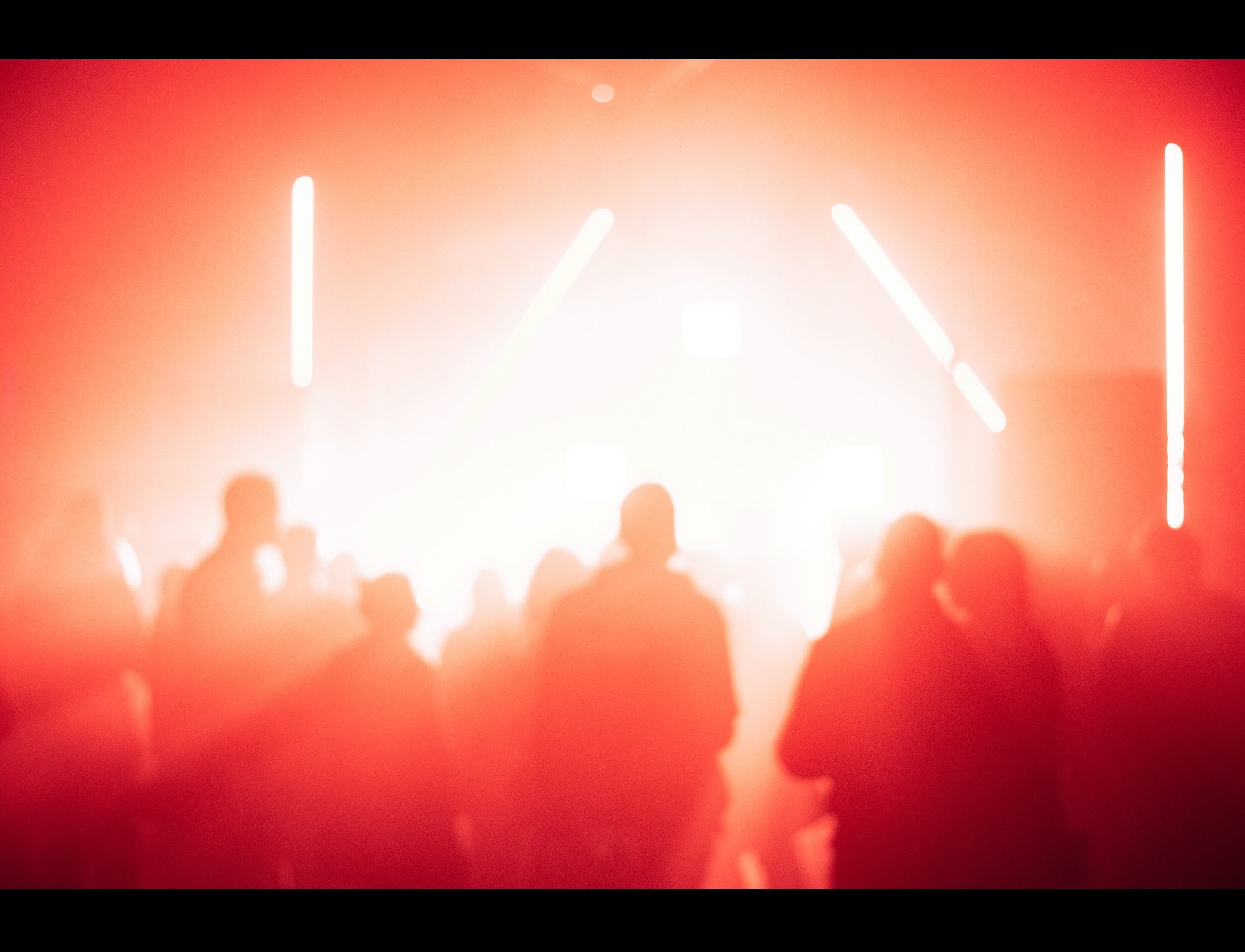
From the performers playing soul-cleansing electronica uninhibited by genre constraints to the crowd immersed in intensifying production and manic dance routines, the night strikes a clear chord with all those involved. When it comes to orchestrating a banging party, Cyberspeak clearly understand the chemistry of the dancefloor.
But there’s more to this tech augmented utopia. The aims underpinning the collective’s initial move into the events sector are coming to life on Lvl. 0 – a compact space, strewn with dusty bookshelves and worn leather sofas where the collective test some of their boldest ideas. On this occasion a “Hybrid A/V” set features.
The work billed ‘CYBERSPEAK-HYPERREAL’ is created and performed by Raw͠ & Noumeno, the collective’s programmer Francesco and DJ/producer Stefan K. Tesla respectively. One artist orchestrates a schizophrenic yet seamless hard-electronic score, the other influences both music and gameplay through a modded console controller. A humanoid figure with the head of a surveillance camera hanging in a chromatic abyss is projected onto a screen. It’s difficult not to feel mixed emotions of awe and dread as the CCTV-styled silhouette looms over the audience.
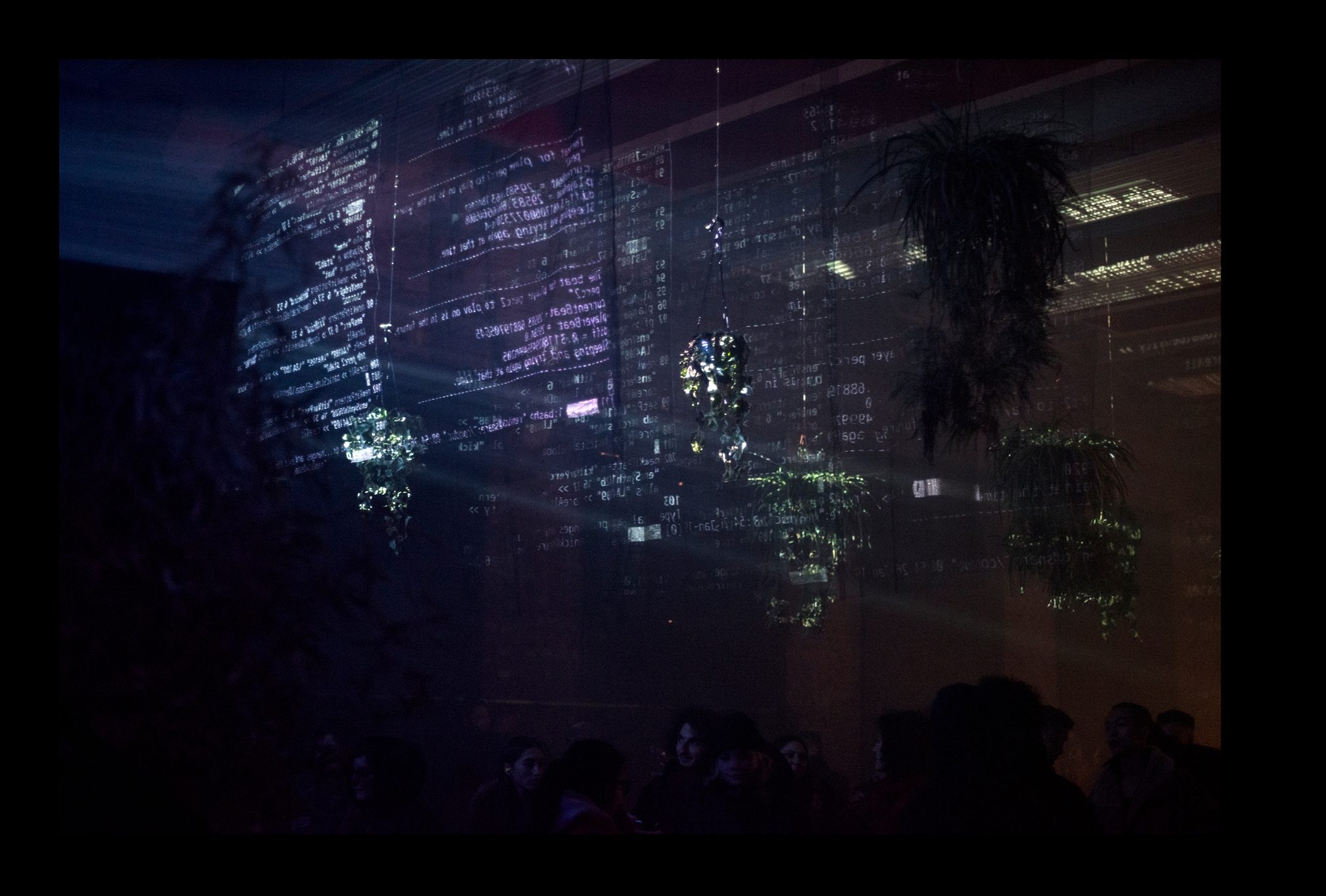
In other instances partygoers are invited to take part: navigating characters through abstract landscapes, exploring immersive worlds through VR headsets, or stepping into motion sensitive environments. Mariachiara touches on the significance these installations share with her own research, “as an independent researcher in queer culture and body & gender studies, I like to understand how technology and the body can work together, how they can communicate and merge”.
It’s in these moments of interactivity where the future of clubbing could be at its most inventive. By embracing active participation, the club culture landscape could expand in new directions, moving away from normative approaches that threaten to saturate the market. For Cyberspeak however, it’s about the freedom of expression it represents. A space where technology can open up new identities that go beyond the human experience.
In this vein a mammoth VR project is also in the works: “We 3D scan artists that play our events, working towards creating a virtual community,” Nicola and Francesco explain. “We’re still trying to understand what we’re building but everything can become part of something in VR… something new and fluid not constrained by existing infrastructures.” Imagine a virtual world where projects, ideas and even full scale raves can be dreamt of and created. With specialised headgear and a high speed network, users at home or on the move could be instantaneously transported to their favourite cyber event.
More so, this prospective tech has potential to serve more practical benefits. Restricting factors such as social anxiety or physical disability may well become a thing of the past, opening up rave culture to those currently unable to access it. What the Cyberspeak collective have here is not to be undermined; VR’s potential is already being trialled in fields of education, medical care and mental health disorders.
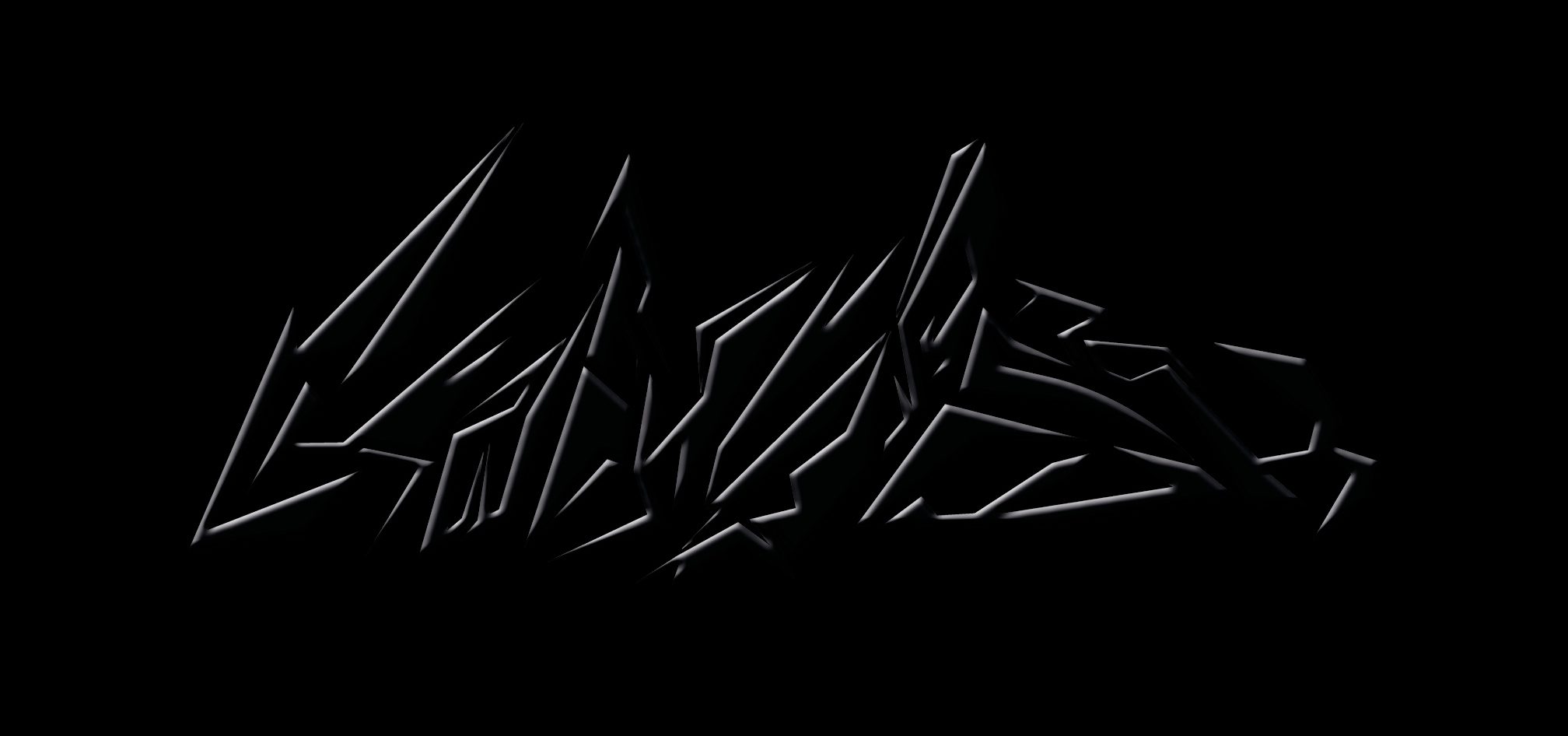
A label, an event, a beacon for change, an ideology and whatever else it wants to be, Cyberspeak uses its collective intelligence in music-tech to push the boundaries of rave and identity.
As dust settles and sunlight creeps through the cracks, ravers are reluctant to leave despite the curfew. Cyberspeak leaves us with a parting wisdom: "It's important not to focus too much on the cutting-edge technology but on the message. Technology is just a way, an instrument of communication to convey our ideals and beliefs”. Message, most definitely, received.
Kristian Birch-Hurst is a freelance writer, follow him on Twitter
Read this next!
Video games are influencing a generation of electronic music producers
There is now a virtual reality vinyl mixing app
Watch: DJing in virtual reality is becoming a popular trend


